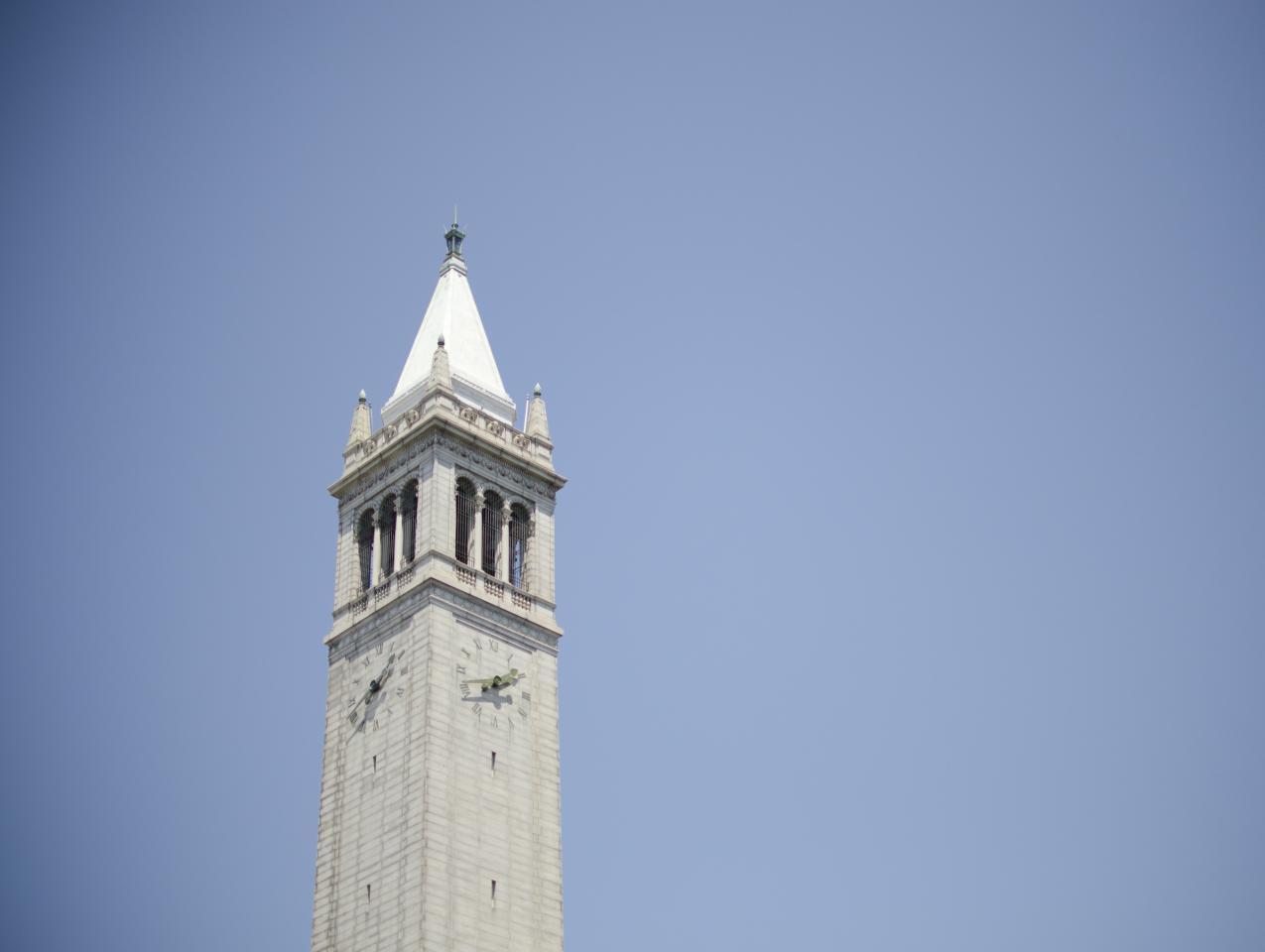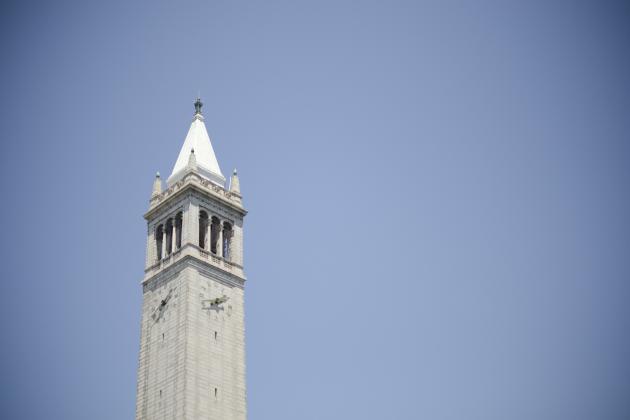- Education
- Politics, Institutions, and Public Opinion
- State & Local
- California
The California education development receiving the most attention these days? That would be the state’s K–12 public schools closing down for the remainder of the 2019–20 academic year due to fears of spreading the COVID-19 virus—an early “summer vacation” for nearly 6.2 million teens and minors enrolled in more than 10,500 schools statewide (a student population roughly the size of Missouri, America’s 18th-largest state).
The California education development receiving far less attention? That would be the University of California, who temporarily suspended college entrance test scores and minimum grade requirements for admission applicants.
What’s the significance of this decision?
First, it might produce an uptick in UC admissions among candidates whose board scores might otherwise exclude them from what arguably is America’s premier public university system (more than 488,500 applicants sought admission to one of UC’s nine campuses in 2019, with over 150,000 accepted; however, remove the Merced, Riverside and Santa Cruz campuses from the equation and the acceptance rate falls from 30.7% to 23.4%).
I focus-grouped several California friends who are parents to rising high schoolers or recent graduates to get their thoughts on this policy change. One parent’s response: “game changer.” Her child has strong grades, with an ACT score that isn’t commensurate with the more robust GPA. But take away the board score and suddenly the likes of a UC school—one closer to home, with an in-state tuition fee that is a fraction that of an elite private college—is a possibility.
The other (possible) significance of the policy change: its effect on the racial composition of California’s most exclusive public schools. As such, it’s the latest wrinkle in a controversy that’s dogged California for the past 25 years.
In 1996, California voters approved Proposition 209, which ended affirmative action and race-based admission preferences at California public colleges. (The initiative’s language: California “shall not discriminate against, or grant preferential treatment to, any individual or group on the basis of race, sex, color, ethnicity or national origin.”)
The alteration to the Golden State’s college landscape has been considerable. Over the past 15 years, the proportion of Latino undergrads has grown tremendously reflecting (a) growing number of Latino students in California and improved high school graduation rates and (b) four UC campuses (Riverside, Santa Cruz, Merced, Santa Barbara) designated as Hispanic-Serving Institutions. Latino students have gone from 15% of UC’s student body population in 1996 to 34% in the present freshman class. Asian students have gone from 30% before Prop 209’s implementation to 35%. Black students have gone from 4% to 5%. White students have fallen from 44% in 1996 to 22% at present.
But in an admissions process scrambled by the absence of standardized testing, those percentages could shift. The likely beneficiaries: black and Hispanic students. Why? Because those two groups historically have struggled when it comes to standardized testing. (For members of the high school graduating class of 2019 who took the SATs, Latinos received an average score of 987 and blacks 933; Asian students scored a 1233 and whites an 1114.)
Ironically, this is what UC officials and affirmative action supporters have long desired.
First, there was the legal approach to undoing Proposition 209. After a US District Court judge blocked the ballot measure’s implementation only three weeks after its passage, a three-member panel of the 9th Circuit Court of Appeals undid the lower court’s action. In August 2010, the Supreme Court of California ruled in favor of the ballot measure’s constitutionality. And in April 2012, the 9th Circuit again rejected a lawsuit (followed in two years by a U.S. Supreme Court decision upholding a similar law in Michigan that banned affirmative action in state public programs).
Second, there was matter of UC machinations.
In the months following Prop. 209’s passage, UC’s Latino eligibility task force recommended that the university nix the SAT requirement. In 2008, the UC’s Board of Admissions and Relations with Schools (BOARS) proposed dropping the SAT’s subject test requirement. Its argument: the test exams aren’t a real measure of achievement and, besides, are too expensive for some families (at the time, ranging from $28 a test to $56 for three).
How then to measure prospective freshmen? UC officials floated the idea of a more “holistic” admissions approach that emphasized grades and teachers’ recommendations.
Third, there was a legislative run at Proposition 209.
In 2011, then California governor Jerry Brown vetoed a measure that would have enabled public state universities to revert to their pre-209 days and consider race as an admissions factor (Brown’s reasoning: the judiciary, not the state legislature, was the proper venue for dealing with the subject). That vetoed bill, SB 185, was the subject of a satirical bake sale held by UC–Berkeley campus Republicans, with baked goods priced according to a buyer’s race, gender, and ethnicity.
Three years later, Democratic legislators began another run at Proposition 209. But that measure—a constitutional amendment—never advanced beyond the state senate.
Fourth, there once again was legal action—this time, against the UC system and calling for a halt to the use of standardized testing in its admissions process.
The December 2019 lawsuit, filed by a coalition of students, advocacy groups, and the largely minority Compton Unified School District, plays into California’s economic divide: wealthier students allegedly benefit unfairly from an expensive cottage industry of test tutoring and preparation (as opposed to, in some parts of California, the even more expensive cottage industry of fabricating qualifications for college admissions).
Ironically, it took a pandemic to succeed where these past efforts have so far failed. But unfortunately, this temporary solution glosses over a serious problem plaguing California’s K–12 system: minority students on the wrong end of an achievement gap.
A series of graphics provided by CalMatters offers statistics that are sad and sobering in their assessment of California education—borderline criminal in the toll it exacts on the next generation of Californians. In 2019, only half of the students who took the new “Smarter Balanced” exam managed to master the state’s reading standards. Only 40% met the math standard. And only 44% of California’s graduating high school seniors were deemed prepared for college or postsecondary careers.
In the Proposition 209 era, this facet of the California education narrative—students falling behind in the K–12 system—hasn’t received the same attention as the many efforts to restore affirmative action. Which is a shame, as a better California would include not only more students with a better shot of accessing its great universities but more students actually prepared to thrive in the classroom once they’re on campus.
















